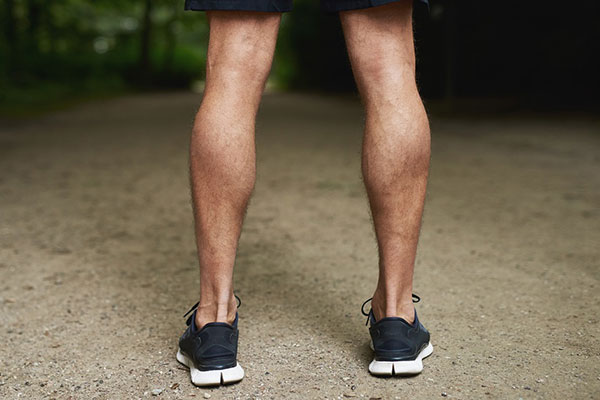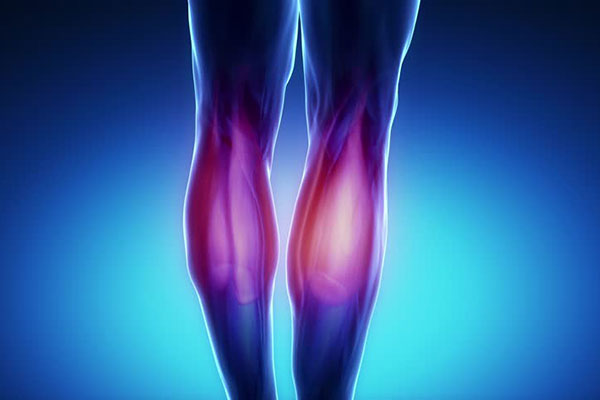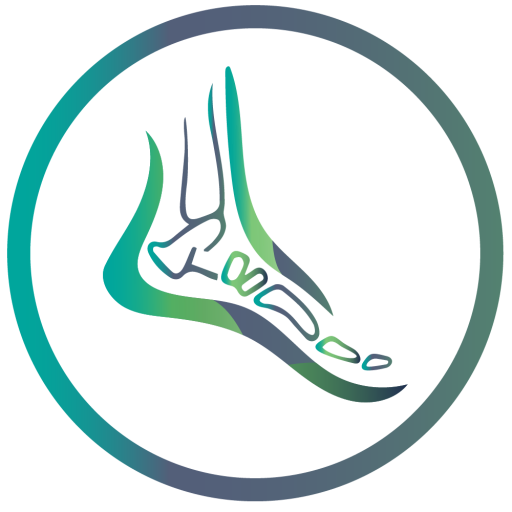25 Mar So you have tight calves?
Everybody knows what calves are, or do we?
The calf is made up of 2 large major muscles which sit at the back of the lower leg, They are the gastrocnemius and soleus. Gastrocnemius is more superficial of the muscles with soleus sitting beneath it. When running there main functional characteristics are shock absorption of ground reaction forces and propulsion, pushing your centre of gravity upwards and forwards. They provide you with bounce, giving us air time to maximise the distance forward.

Causes for tight calves
Numerous causes exist that can cause this problem
- A lack of flexibility in muscles
- A lack of mobility in joints
- Muscle weakness and imbalances
- Inappropriate footwear
- Wearing high heels daily
- Running too much, too soon
- Inadequate warm-up / cool-down
- Running and walking gait

How are your calf muscles becoming fatigued or overloaded?
Weakness or overload of the calf muscle is what we see playing a large overall role in someone’s continued symptoms…
Every muscle has it’s different level of strength and endurance capacity, exceed that level and it will usually start to become painful and tight. This level is different for different people and thats why some people get problems walking and some people when running 20 plus KM. With active people the calf is often overlooked during a conditioning programs but can also become very weak with sedentary or desk based individuals.
These muscles cross the ankle joint which mean that they are directly involved with the amount of mobility available at that joint. Reduced flexibility in the calve can mean reduced mobility at the ankle. Research shows this can be major factor in injury and biomechanical dysfunction within the musculoskeletal system. A reduction in normal joint mobility can alter the way the human body moves. We often see movement compensations such as a early heel lift when you are lifting your foot off the ground with walking or your foot undergoing more pronation (rolling in of the foot.)
Some people are just naturally less flexible than others. Especially those that have been relatively sedentary but even runners can display this. The good news is that a lack of flexibility and strength/endurance can be improved with a comprehensive exercise based therapy and strength training.
Stretching can help for tight calves but… BE AWARE!
Whilst stretching can help symptoms and also correct mobility deficits the key is identifying the actual causes and rectifying them once and for all. Fortunately it usually responds well to treatment and there are a lot rehab, exercises and conservative approaches we can do to assist resolving this. Having the flexibility, strength and endurance tested by a specialist sports podiatrist or physiotherapist is important in identifying the causes and then targeting them.
Podiatrists & calf pain relief treatment
Podiatrists are the best placed medical professional to first evaluate you. The sooner the problem is tackle the sooner you will recover. For those who live in Claremont or Oatlands, Tasmania, come and see our team of podiatrists. For bookings fill the form in our contact page or call us at (03) 6249 1155 .



No Comments